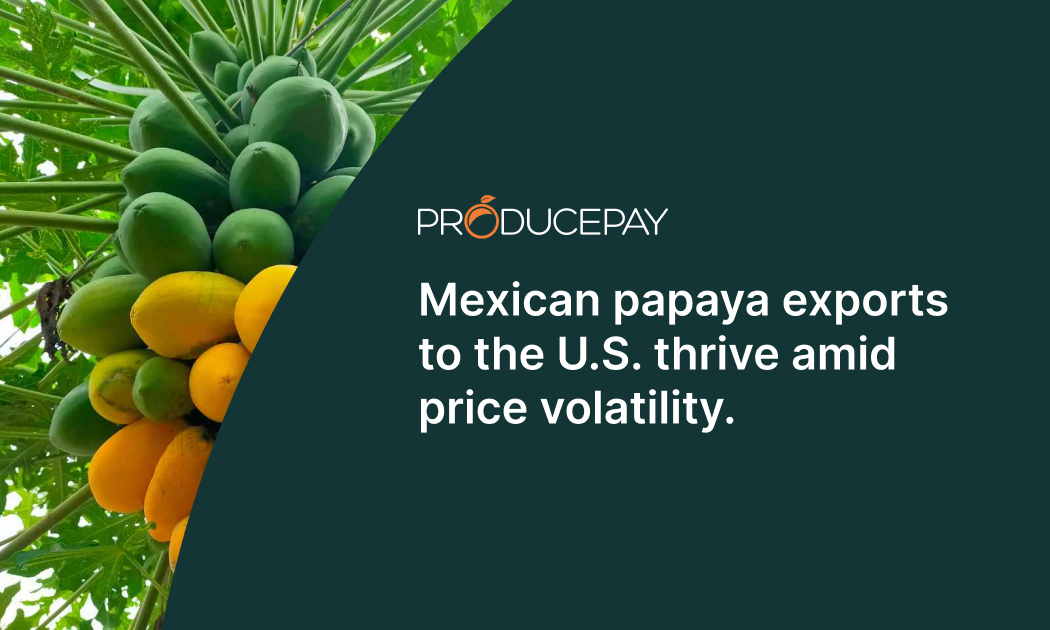
Mexican papaya exports to the U.S. thrive amid price volatility.
Mexico is the United States’ leading supplier of papayas, due to a substantial increase in imports of this tropical fruit since 2021. While Guatemala also supplies papayas to the U.S., its volumes are comparatively smaller.
To put the growth of Mexican papaya exports to the U.S. into perspective, consider that in 2018, shipments amounted to 147,273 metric tons, declining to 131,960 and 140,018 metric tons in 2019 and 2020, respectively.
However, in 2021 volume increased by 31%, reaching 183,389 metric tons. This growth trend continued in 2022 with a rise to 198,639 metric tons, and the current outlook for 2023 also looks promising, as the volume through June of this year is already 2.5% higher than the same period last year.
Fluctuation in Mexican papaya prices
Mexico’s primary competitive advantage lies in its ability to produce papayas year-round. However, the cyclical nature of shipments to the United States can lead to significant price fluctuations, impacting distributors and consumers alike.
In 2021 and 2022, the volume remained consistently high throughout most of the year, except for January, November, and December, when a noticeable decrease resulted in elevated prices. In contrast, 2023 started with lower volumes in January and February but experienced a substantial rebound from March onwards, a trend that has been sustained through June.
If this year follows patterns seen in previous years, it is reasonable to expect larger volumes for the upcoming months, accompanied by relatively low prices. However, by October or November, imports may decline, leading to a surge in prices.
Do you sell or buy papaya? Join our Marketplace, a digital platform where you can expand your network of customers or suppliers. Be prepared for the months when papaya prices increase by connecting with reliable partners who can grow your business and offer the best value.
Source: USDA-ERS
